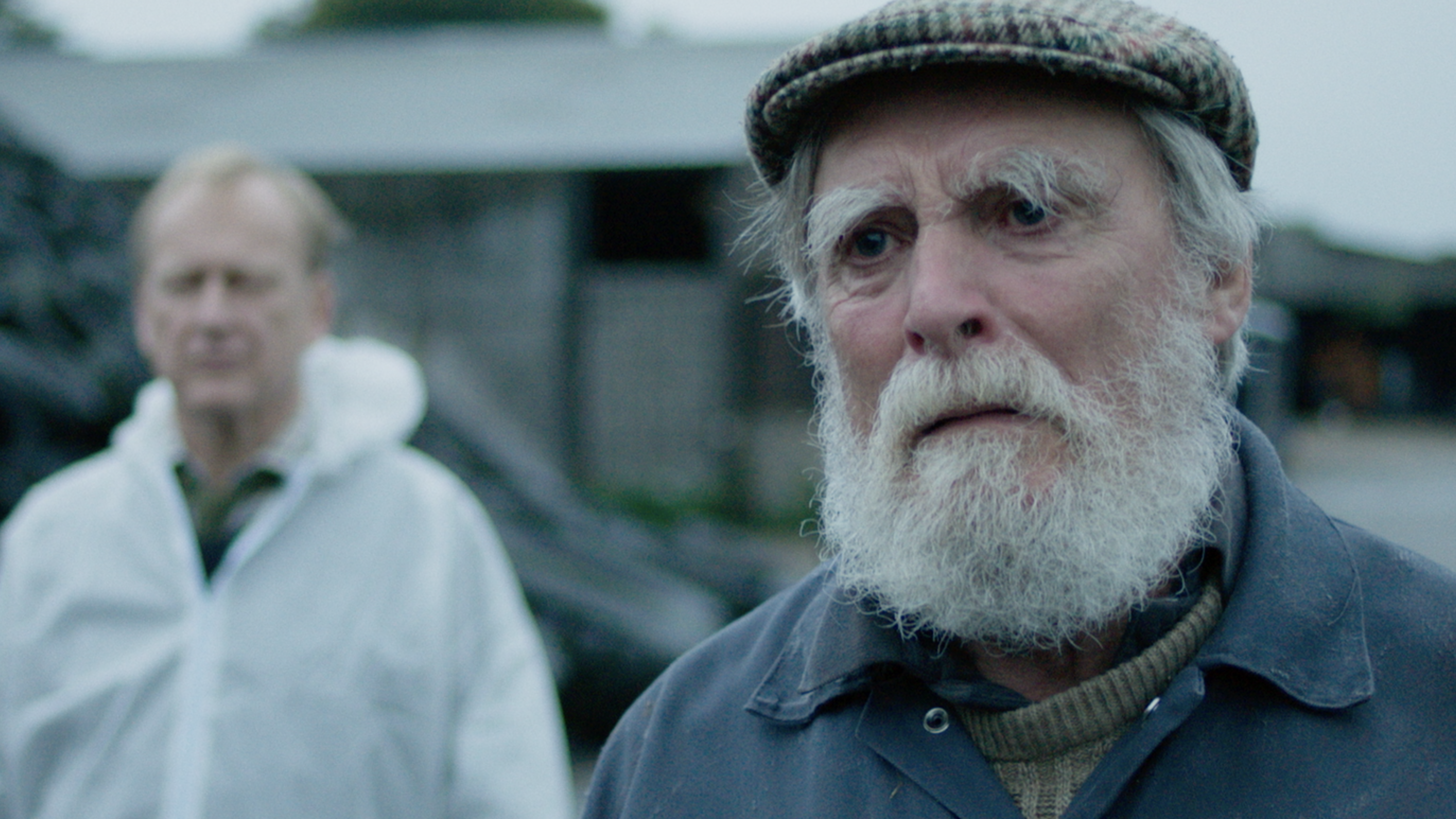I belong to a generation who are arguably the least sympathetic towards livestock farming. Born amidst animal rights protests that ravaged the noughties, and the decades following that brought climate change to the forefront of the agenda, we were brought up learning about factory farms, fossil fuels, and the irrefutable negative impacts of livestock farming on the planet.
We are the generation living through a cultural shift towards ‘plant milks’, and ‘meat alternatives’, promising to quell our hunger for products so dirty and despicable as dairy from a cow, or steak on the supermarket shelf. Some see meat (and milk) as murder, and many (perhaps less extreme), admit they know it’s ‘not the coolest thing anymore’ (cue: iced caramel oat milk lattes).
Dietary habits are evolving. Large corporate farms are rightly seen as cruel. We’re adapting to the information (while denying the tendency for an occasional slab of cheese, or burger at a barbeque).
But, it is easy in all of this to forget that not all milk comes from the mass-milk-sucking-machine complex, not all steak from rapidly disappearing rainforests and soy plantations. Some of it comes from people, not stone-cold CEOs, but real people who live and work in our green and pleasant pastures, up and down the country, and have done so for generations.
This is part of the reason I was so eager to review And Then Come The Nightjars – a film uniquely reliving the lethal foot and mouth epidemic of 2001, which ravaged the country and ended the livelihoods of many local farmers with heart-breaking rapidity.
Based on Bea Roberts’ stage play, and directed (quite uniquely) by the same director, Paul Robinson, ( who was simultaneously making his feature film debut) this adaptation to the screen hits home.
I knew very little about the epidemic before I sat and watched this, and still report I am no expert, but the insight I got was profoundly powerful – a resounding message that this event absolutely ripped peoples lives apart.
Six million animals that year were killed – often burnt on mass to stop the spread. Government stepped in. Farmers had no choice but to stand and watch their beloved creatures go up in flames. The picture attached above, of farmer Michael (played by David Fielder), only too vividly reveals this desperation. His son, Jeff (Nigel Hastings), has to persuade his elderly father to let them go, and to follow the law to contain the spread. It was a heart-breaking, painful watch.
This film revealed how cows give purpose to people’s existence, are their pride and joy, and provide jobs and income which help put food on families’ plates. Cows are, whether you like it or not, at the heart of our society, deeply enmeshed in our culture and in our people’s families and personal histories. The epidemic of 2001 made 7,800 people lose their jobs, and was undoubtedly a huge hit to small scale local farms. To this day, out of the farms that are still running, many would say they still haven’t recovered.
While empathy for dairy is at an all time low, and farms more often than not evoke fury, it’s easy to forget that there still exists small-scale farming. This film adds a question mark to what is now a common assertion that livestock farming is categorically wrong, and that we should shun all farmed food and go vegan. It forces us, crucially, to empathise. It forces you to realise that regardless of all your views, your local farmers stories deserve to be told.
